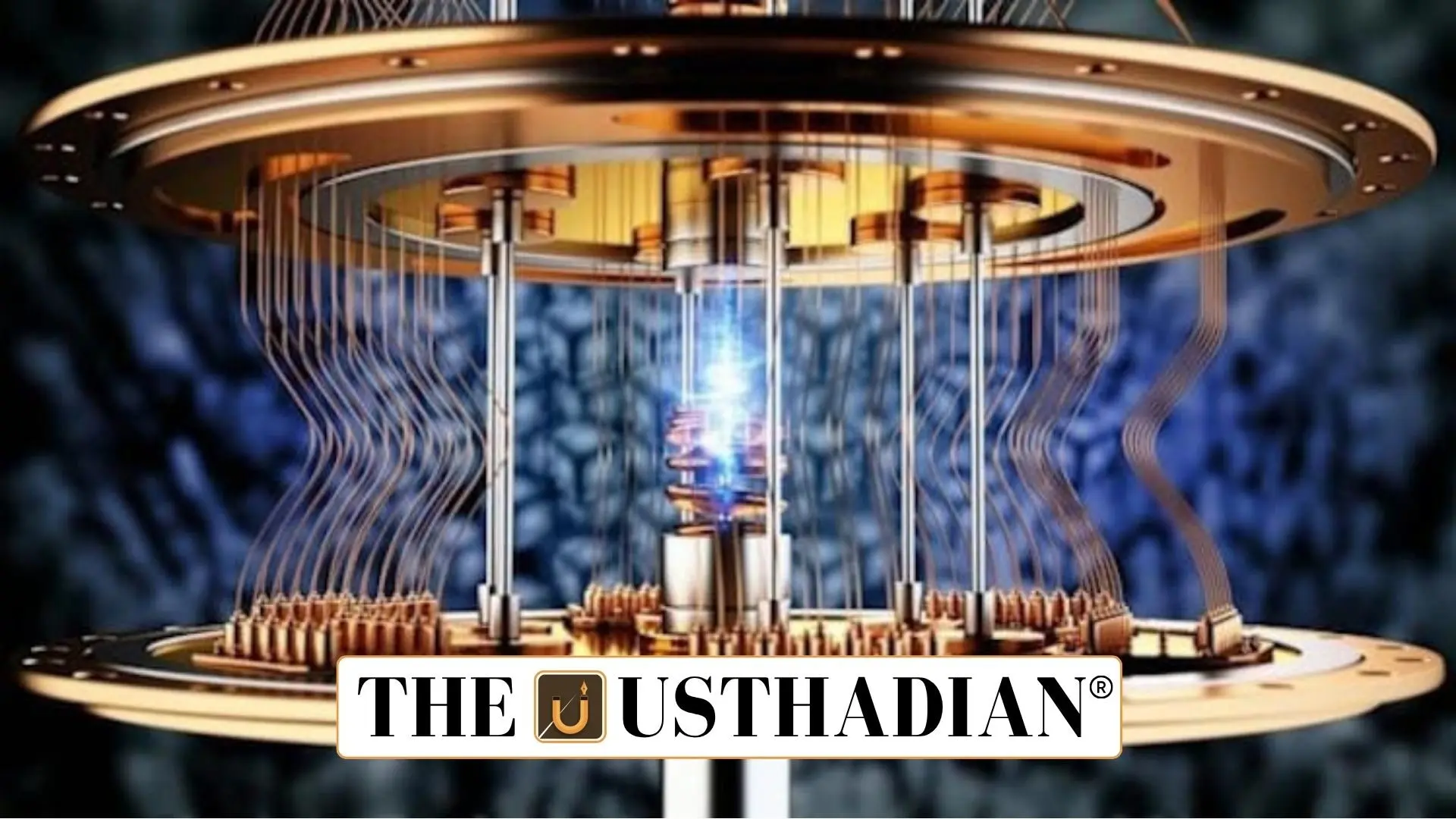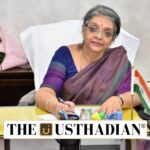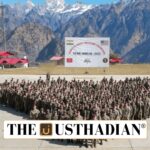Transforming Light into a Supersolid
World’s First ‘Supersolid’ Created from Light: A Groundbreaking Discovery: In a historic scientific milestone, scientists have successfully created the world’s first ‘supersolid’ made entirely from light, combining the ordered structure of solids with the frictionless flow of superfluids. This unique form of matter, achieved by a team from CNR-INO, CNR-Nanotec, and the University of Pavia, challenges long-held assumptions that light is purely energy and cannot take on a solid form. The discovery opens new frontiers in quantum physics by enabling light to behave like a structured yet fluid material, with significant implications for technology and theoretical science.
How Scientists Engineered a Supersolid from Light
The team used semiconductor nanostructures to transform light into quantum droplets—tiny packets of photons arranged in a periodic, crystal-like formation. These droplets maintained their positions while flowing without friction, a hallmark of superfluidity. This solid-fluid hybrid structure is what defines a supersolid. Unlike earlier supersolids based on atoms, this light-based version is a purely photonic phenomenon, representing an entirely new state of matter not bound by classical physics.
Future Technologies That Could Emerge
The creation of a light-based supersolid may revolutionize several fields. In quantum computing, these structures could be used to stabilize qubits, making quantum processors more reliable. In materials science, understanding supersolidity may lead to next-generation high-efficiency materials with minimal energy loss. For energy storage, the manipulation of light at quantum levels could allow for innovative photonic storage systems. Additionally, light-emitting technologies such as LEDs and lasers could see dramatic upgrades due to this discovery.
Global Praise and Scientific Significance
Leading physicists have hailed this breakthrough as a major leap in quantum science. Iacopo Carusotto from CNR-INO described the supersolid as “a coherent quantum fluid with an internal structure.” Dimitrios Trypogeorgos emphasized the novelty of using light rather than atoms, making this a first-of-its-kind demonstration. According to Daniele Sanvitto, the experiment bridges fundamental quantum research with practical technology. Dario Gerace of the University of Pavia added that the finding could significantly impact the future of photonic device engineering.
STATIC GK SNAPSHOT
World’s First ‘Supersolid’ Created from Light: A Groundbreaking Discovery:
| Aspect | Details |
| What Was Discovered | World’s first light-based supersolid |
| Discovery Date | Published March 5, 2025 in Nature |
| Institutions Involved | CNR-INO, CNR-Nanotec, University of Pavia |
| Core Technology Used | Semiconductor nanostructures to create quantum droplets |
| Unique Properties | Frictionless flow + crystalline structure |
| Key Applications | Quantum computing, photonic energy storage, materials science |
| Key Scientists | Iacopo Carusotto, Dimitrios Trypogeorgos, Daniele Sanvitto |
| Scientific Significance | Introduces a new state of matter using pure light |








